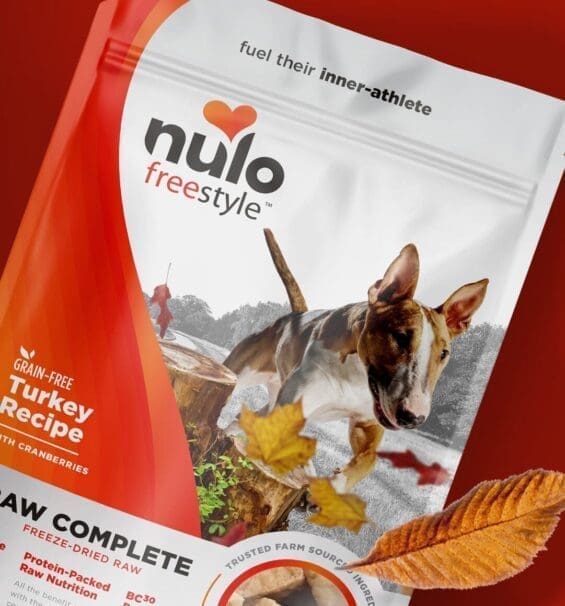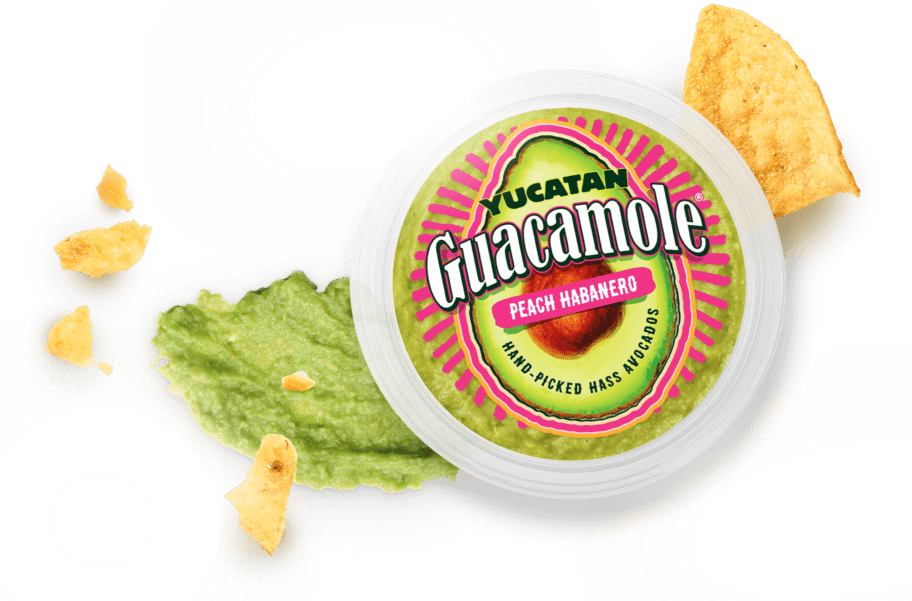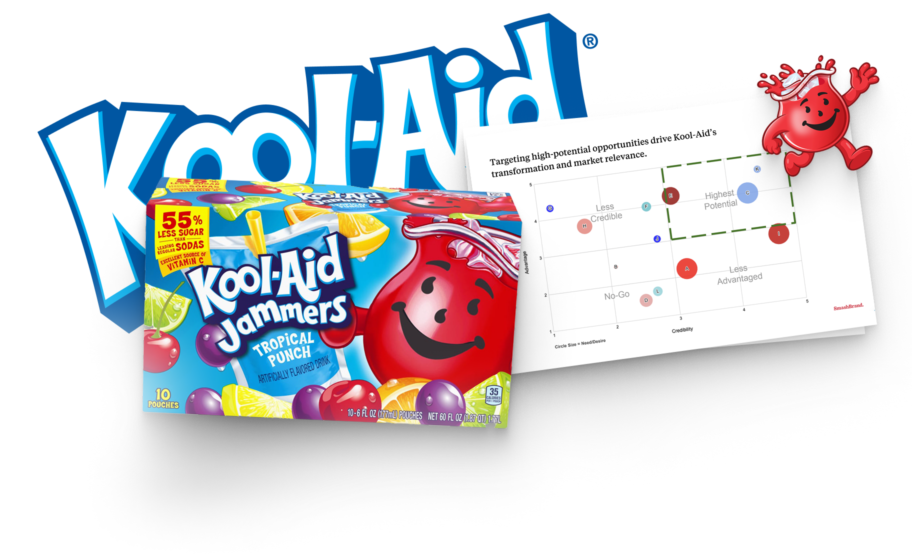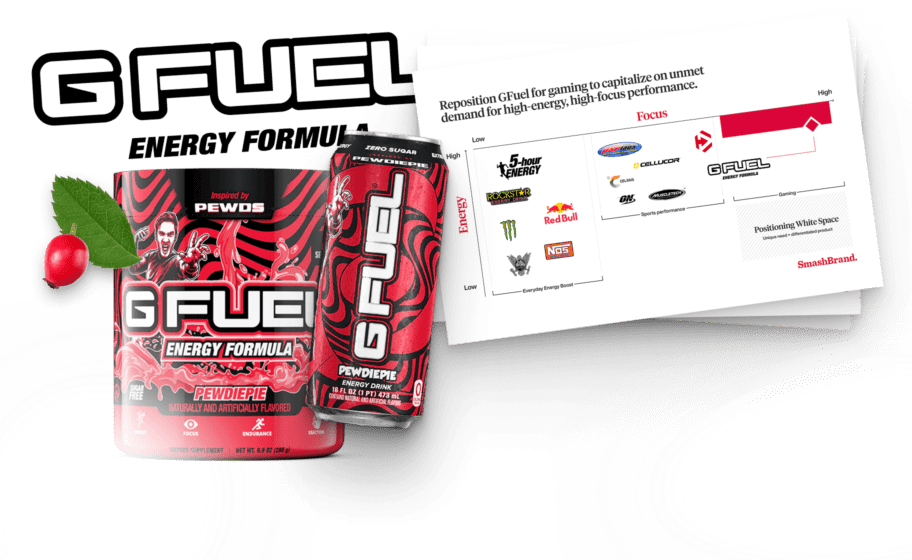Whenever walking down the pet food aisle, you will notice endless rows of colorful bags and pouches, each promising the purr-fect meal. Yet only one cat food packaging design stops you in your tracks: its vibrant accent hue, a playful glimpse of real fish flakes through a peek-a-boo window, and a tidy badge that reads “Hairball Control.” In that moment, you will join the story of care, quality, and confidence.
Pet parents demand clear signals of freshness, natural ingredients, and a playful design that captures their feline instincts. In this article, you will learn the science and art behind successful pet food packaging design. You will learn the key principles that protect flavor, extend shelf life, and convert browsers into buyers. Packaging is about creating an emotional connection with cats at mealtime and giving pet owners the confidence that every bite is as fresh as the first.
Designing through the cat owner’s lens.
To truly capture cat owners’ needs, Brands must ground their package design in three core steps: consumer-centric insights uncover hidden desires, immersive storyboarding maps the owner’s journey, and a resonant visual language that brings empathy findings to life. Each phase ensures packaging that speaks directly to cats and their caregivers.
Consumer-centric insight.
You step into the shoes of cat owners and broader pet owners to uncover unspoken needs that drive purchase decisions. In multi-cat households, you’ll notice portion guides printed right on the boxes of dry food to prevent overfeeding and extend shelf life. Single-serve seekers look for pouches or pods that lock in freshness, an idea borrowed from dog food packaging but reimagined for feline preferences.
Nutrition-obsessed shoppers treat cat food like human food, scanning ingredient panels on every pet food package for superfood claims and comparing “high-protein” badges across competing pet food brands. Every insight you gather informs your graphic design and package design decisions, ensuring each element on the pet food package resonates with what cat owners truly value.
Immersive storyboarding.
You map the complete owner journey to identify friction points and emotional peaks. In the store, watch how pet owners scan rows of colorful boxes, then pause at cat food pouches to read “best by” shelf life dates or inspect resealable zip-locks. Online, ensure your thumbnail of the pet food package captures that exact moment of delight on a small screen, conveying freshness and quality without overwhelming the viewer.
Storyboarding these interactions reveals moments of excitement at spotting a new flavor, relief at finding clear serving instructions, and frustration with hard-to-open seals, which pinpoint exactly where your package design can smooth the path from shelf to cart and earn repeat purchases from discerning cat owners.
Visual language that resonates.
You translate empathy findings into a cohesive graphic design system that feels tailor-made for cats and their caretakers. Start with a signature palette and choose typefaces that balance scan-speed legibility with a friendly, modern personality. Introduce illustrative icons for kibble shape, hairball control, or urinary support, positioning them alongside a prominent logo on every box or pouch.
Borrowing best practices from dog food packaging, use high-contrast ingredient photography or die-cut windows to showcase pâté, shreds, or kibbles in action. Finish with a subtle kraft texture or recyclability emblem to underscore your sustainable packaging promise. This visual language ensures your cat food packaging design stands out on the shelf and sparks an emotional “this is made for me” connection with every cat owner.
The “heart” that connects and converts.
At the core of your cat food packaging design lies its emotional engine, your brand’s ability to forge an instant bond with cats and cat owners. The “heart” speaks through every color choice, image, and micro-story. This layer transforms a simple pouch packaging or pet food bag into a trusted companion on the shelf and in online carts, guiding consumers toward your pet food brand with genuine warmth and meaning before they even read a single ingredient list.
Cohesive visual DNA.
Build emotional resonance the moment a cat owner’s eyes land on your pet food bag or pouch packaging. By drawing every photo, illustration, and icon from a single design mother grid, create a unified visual heartbeat that carries across boxes, containers, and online thumbnails alike.
Your cat food product must stand out; its ingredient list is treated with the same artful care as a premium human food label. That consistency delivers a powerful benefit: consumers immediately recognize your pet food brand and feel a spark of familiarity and trust, even before they read a single word of copy.
Performance-guaranteed appeal.
Every element of your packaging solution must be rooted in data from real cat-owner panels and proven to drive lift in pet supplies trials. Embed succinct benefit callouts, hairball control badges, “Balanced Gut” icons, or “Protein Punch” seals across your pet food product line, whether on sleek pouch packaging or sturdy pet food bags.
These micro-story cues function like flavor enhancers in human food branding, turning each container of pet product into a compelling invitation to purchase. When consumers scan shelf after shelf of options, they zero in on your cat food product because they’ve seen those field-tested symbols before, and they know they can rely on them.
Brand story in micro-moments.
Transform every container into a moment of connection. On the tear strip of your pet food bag, a whisper, “Because Their Purr Matters,” drops a thread of shared sentiment. Flip to the back of each pouch packaging panel or box and find your ultra-concise narrative “From Farm to Bowl: Sustainably Sourced, Vet-Approved Nutrition,” echoing a favorite human food story in miniature. These micro-moments captivate consumers at every glance, elevating your cat food product above generic pet supplies and forging an emotional bond with your pet food brand.
Structuring the “head” for instant shopability.
Without an appropriate visual hierarchy, your product packaging could get lost in the pet food industry shuffle. To turn views into shelf action:
- Brand lock-up placement belongs in the upper “golden zone,” so your pet food brand logo anchors every glance.
- Product name prominence comes next, making it larger than any secondary text, especially for wet cat food, where imagery can compete for attention.
- Key Selling Point badges should sit just below the product name in a clustered row, using clear lines or boxes to guide the eye.
By mapping human behavior, you ensure your custom pet food packaging resonates instantly with each beloved cat owner, reducing decision friction and boosting add-to-cart rates.
Typographic performance.
Font choices accelerate comprehension under harsh retail lighting and on tiny online thumbnails. In SmashBrand’s data-driven process, dozens of sans-serif and slab-serif typefaces were tested on actual packaging materials to measure scan speed and legibility. When crafting your wet food product packaging design or dry food pouches:
- Select high x-height fonts that prevent lowercase letters from crowding, ensuring they read clearly at a glance.
- Use medium-to-bold weights for product descriptors, reserving delicate scripts for accents only.
- Standardize leading and kerning across lines to avoid “rivers” of white space that can distract shoppers.
These typographic tweaks ensure your custom packaging resonates instantly with the shopper’s head and heart.
Color-coding protocol
A tested color-coding system turns complex SKU portfolios into intuitive shopping experiences. Assign a distinct hue to each protein (salmon = coral, chicken = amber, turkey = moss green), life stage (kitten = teal, adult = navy), and functional benefit (urinary health = lavender, hairball = rose). When you apply these rules to both boxes and pouches, you achieve:
- Seamless SKU comparison: Consumers can spot their preferred formula in a split second.
- Cohesive brand family: Every container, from a 1-lb wet cat food pouch to a 10-lb dry kibble bag, reads as part of the same pet food product line.
- Packaging design ideas for future SKUs: introducing new functional formulas allows for tapping into an existing spot color, reducing design time, and maintaining brand equity.
By embedding this color-coding protocol, you turn visual complexity into clarity, ensuring each beloved cat owner finds exactly what their feline companion needs.
End-to-end packaging ecosystem.
A thriving packaging ecosystem transforms consumer insights into shelf-ready cat food designs. By aligning cross-functional teams, synchronizing digital and physical proofing, and enforcing ingredient quality and supply-chain checkpoints, you create an end-to-end framework that guarantees performance and accelerates time to market.
Cross-functional workflow.
Kick off with a two-week sprint that brings together R&D, marketing, design, and packaging engineering. In those sessions, the structural packaging design team and art directors co-develop dielines, material specs, and graphic treatments side by side.
Early mockups then undergo a PREformance package design test to validate seal integrity, ergonomic dispensing, and white space in packaging design. So you catch issues before tooling, reduce revisions, and keep your food packaging design on track.
Digital-to-physical sync.
Next, lock down artwork and structural assets in a single pass, ensuring every version reflects the same clarity and impact. By codifying your white space, you maintain breathing room around key elements (logo, product name, benefit badges), while optimizing imagery and text hierarchy for both wet cat food pouches and dry food boxes. This one-and-done approach eliminates proof cycles, ensuring that your packaging solution appears flawless across all consumer touchpoints.
Ingredient quality and supply chain checkpoints.
Finally, vet every film, ink, and substrate against cost, barrier performance, and benchmark metrics. Barrier strength directly affects shelf life, so conduct lab-grade tests on selected materials to confirm their resistance to moisture and oxygen. Alongside these assessments, audit suppliers for consistency, traceability, and compliance, ensuring that your custom pet food packaging meets quality standards while also aligning with your overarching food packaging design promise.
Low-risk/high-reward testing.
Testing validates that packaging truly resonates, pinpointing what grabs attention, clarifies benefits, and emotionally engages buyers, while minimizing costly missteps and ensuring strong purchase intent before committing to production. The following are the key steps to the low-risk/high-reward testing process:
Rapid-fire diagnostics.
Begin by running two quick, targeted studies with panels of actual cat owners. Present 4-6 distinct packaging concepts in a simulated shelf environment. Track which visual elements break through, and gather both quantitative scores and qualitative “what works/what hurts” feedback. It pinpoints the layouts and assets with the highest conversion potential.
Put your top 2-3 diagnostic “winners” head-to-head against your current packaging (or a competitor’s pack) at realistic price points. Measure lift in “would select” rates, dwell time, and shopability metrics to isolate the concept that genuinely moves the needle.
Iterative refinement.
Once you’ve identified a front-runner, move into rapid 1–2-week sprints to fine-tune:
- Tweak imagery (e.g., swap a dry-food shot for a bowl-in-context shot)
- Adjust color accents or background textures to boost shelf standout
- Refine copy, headline, flavor call-out, or benefit bullets, based on verbatim feedback
Each sprint feeds directly back into a mini-diagnostic or A/B test, ensuring every change is validated before it is implemented. This stage-gated workflow strikes a balance between speed and rigor.
Building a family tree that grows.
To build a packaging family that grows, you need a repeatable system that flexes across formats, signals product tiers at a glance, and allows you to add new formulas without compromising brand equity. Here’s how to make every new cat food SKU feel like it was born into the same standout line.
You start by defining a set of flexible grids and master art-boards in your design files. Establish fixed zones for:
- Logo and lock-up (top left or centered)
- Product name and descriptor (upper third)
- Ingredient imagery or window (central focal)
- Key-benefit badges and iconography (lower band)
- Regulatory and barcode area (bottom edge)
With these modules in place, you can easily switch between single-serve pouches, multi-serve trays, or 10-lb value buckets by resizing the artboard and adjusting the bleed settings, without needing to rebuild layouts. This “plug-and-play” structure speeds concept-to-cart timelines and keeps every pack instantly recognizable as part of your cat food brand.
Tier differentiation strategy.
As you move from Essential to Pro to Ultra lines, subtle visual cues signal quality tiers:
- Texture shifts: Apply a light matte finish to Essential packs, introduce a soft-touch laminate to Pro, and reserve spot-UV accents for Ultra.
- Accent colors: Assign a distinct hue to each tier, muted gray for Essential, rich teal for Pro, vibrant copper for Ultra, while keeping the core palette constant.
- Icon lock-ups: Use a small circular badge next to your logo: a single paw for Essential, two overlapping paws for Pro, and a stylized paw with a star for Ultra.
By layering these cues in predictable spots on every pet food pouch or box, you allow cat owners to compare tiers at a glance, without cluttering your layout or diluting your overarching brand equity.

Nice Package
Don’t miss out on our monthly newsletter Nice Package!
Each month, we deliver a data-driven newsletter directly to your inbox, unpacking a critical topic in the FMCG & CPG industry.
Subscribe to
Nice Package.
SmashBrand’s Nice Package: Stay current with our latest insights
Free Resource.
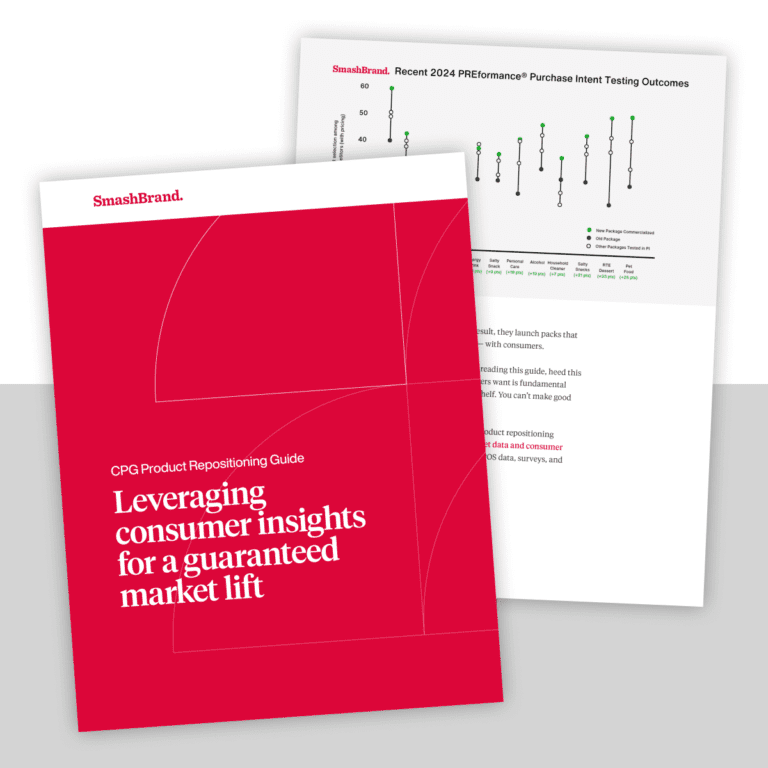
CPG product repositioning guide.
Explore the five undeniable signs your CPG product needs repositioning along with strategies for leveraging consumer insights for a guaranteed market lift.
Download Whitepaper About CPG product repositioning guide.
